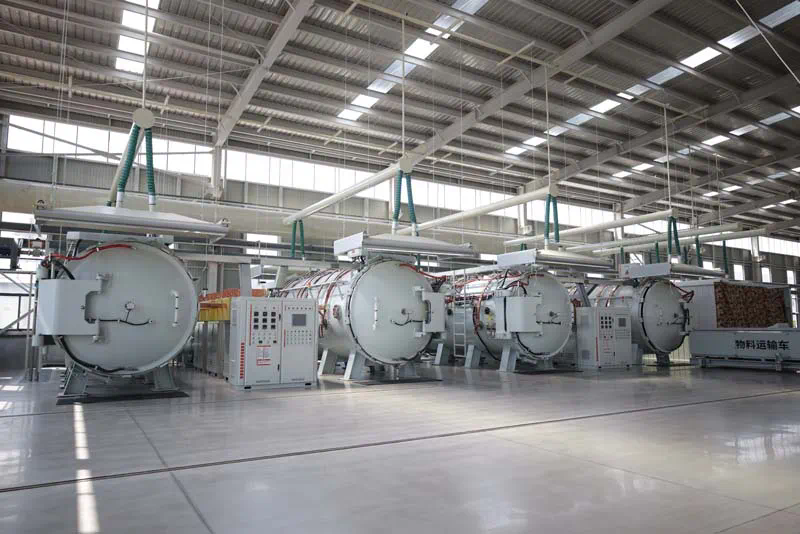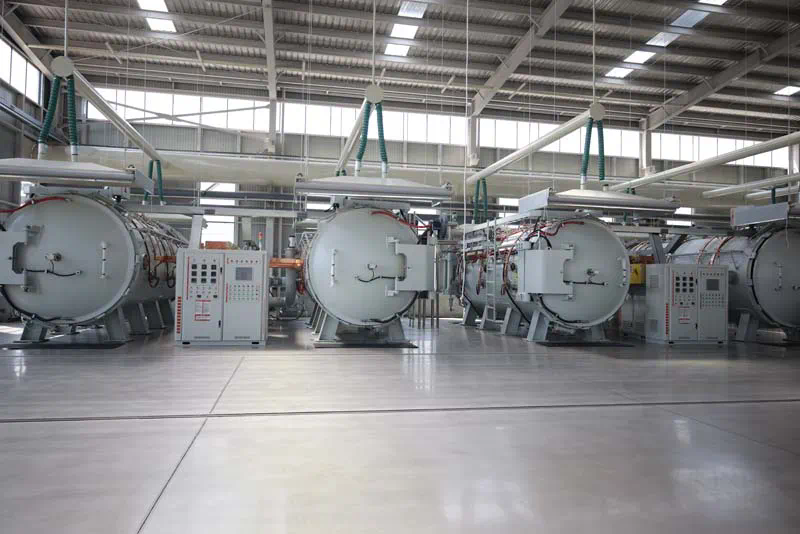Applications of Silicon Carbide Plates in High-Temperature Furnaces
Silicon carbide (SiC) plates have emerged as a revolutionary material in the field of high-temperature furnaces. As industries continue to seek materials that can withstand extreme environments, SiC plates offer unique advantages due to their extraordinary properties. This article delves into the applications, benefits, and future prospects of silicon carbide plates in high-temperature furnace operations.
Silicon carbide is known for its exceptional thermal stability, mechanical strength, and resistance to oxidation. These characteristics make SiC an ideal candidate for use in high-temperature environments where conventional materials often fail. The ability of SiC to maintain its structural integrity at elevated temperatures ensures that it can endure the demanding conditions of high-temperature furnaces without degrading.
Applications in High-Temperature Furnaces
High-temperature furnaces are employed in various industries, including metallurgical, ceramic, glass, and semiconductor manufacturing. Silicon carbide plates are utilized in these furnaces for several reasons, including their ability to provide efficient thermal management, enhance product quality, and reduce energy consumption.
h2: Enhanced Thermal Conductivity
One of the primary applications of SiC plates in high-temperature furnaces is their role in enhancing thermal conductivity. Efficient heat transfer is critical in furnace operations to ensure uniform temperature distribution. SiC has a high thermal conductivity, which allows it to quickly absorb and distribute heat throughout the furnace.
This characteristic minimizes temperature gradients, leading to more consistent heating of materials. As a result, products processed in high-temperature furnaces exhibit improved quality and reduced risk of defects. Additionally, the improved thermal management can lead to lower energy consumption, making operations more cost-effective.
h2: Structural Integrity Under Extreme Conditions
The mechanical strength of silicon carbide makes it an invaluable material in high-temperature applications. SiC plates are designed to withstand not only high temperatures but also mechanical stresses associated with the processes in furnaces. The toughness of SiC ensures that components do not warp or crack under pressure, thus maintaining operational efficiency.
Moreover, SiC’s resistance to thermal shock is crucial in industries where rapid temperature changes occur. For example, in glass manufacturing, the ability to withstand sudden heating and cooling cycles is essential to prevent cracking or other forms of damage. Silicon carbide plates excel in these scenarios, ensuring reliability and longevity in furnace applications.
h3: Oxidation Resistance
Another significant advantage of silicon carbide plates is their resistance to oxidation at high temperatures. Traditional materials can easily oxidize when exposed to oxygen, leading to degradation and failure. In contrast, SiC maintains its integrity even in oxidizing atmospheres, making it suitable for various furnace applications.
This property is particularly beneficial in environments where reactive gases are present, such as in the production of advanced ceramics and metals. The longevity of SiC plates reduces maintenance costs and downtime, providing industries with a more durable solution for their high-temperature needs.
h2: Applications in Specific Industries
The versatility of silicon carbide plates allows for their application across multiple industries. Below are some specific examples:
h3: Metallurgical Industry
In the metallurgical industry, high-temperature furnaces are crucial for processes like smelting and refining. SiC plates are used in these furnaces to line walls and bottoms, providing superior thermal insulation and protection against corrosive environments. Their ability to maintain structural integrity under high loads makes them ideal for use in ladles and molds.
Additionally, SiC plates can be found in induction furnaces, where they help improve energy efficiency by reducing heat losses. The enhanced thermal conductivity of SiC leads to faster melting times, contributing to overall productivity.

h3: Ceramic Manufacturing

Ceramic production often involves high-temperature sintering processes where precision and uniformity are essential. Silicon carbide plates serve as substrates in kilns, facilitating even heating and reducing the risk of warping or cracking during the sintering process. Their thermal shock resistance allows for rapid heating and cooling cycles, essential for achieving optimal results in ceramic fabrication.
Furthermore, SiC plates can be customized to meet specific design requirements, allowing manufacturers to optimize their processes while maintaining the desired material properties.
h3: Glass Production

The glass industry is another sector that benefits significantly from the use of silicon carbide plates. High-temperature furnaces used in glass melting require materials that can withstand prolonged exposure to extreme temperatures and corrosive environments. SiC plates are employed to line these furnaces, providing excellent thermal conductivity and resistance to chemical attack.
By utilizing silicon carbide, glass manufacturers can achieve higher melting efficiencies and reduce energy consumption, leading to more sustainable production practices.
h2: Future Prospects of Silicon Carbide Plates
As industries continue to evolve, the demand for advanced materials like silicon carbide will only increase. Research is currently underway to improve the properties of SiC, exploring possibilities such as further enhancing its thermal conductivity and mechanical strength.
Additionally, the integration of silicon carbide in emerging technologies, such as electric vehicles and renewable energy systems, indicates a growing market for this versatile material. The advancements in manufacturing techniques, such as additive manufacturing, may also open new avenues for the application of SiC plates in high-temperature furnaces.
h3: Conclusion
In conclusion, silicon carbide plates represent a vital innovation in the realm of high-temperature furnaces. Their unique silicon carbide nozzles combination of thermal conductivity, mechanical strength, and oxidation resistance positions them as a preferred material for various industrial applications. As industries seek to improve efficiency and product quality while minimizing environmental impact, the role of silicon carbide plates will continue to expand.
The potential for further advancements and applications of SiC underscores its importance in modern manufacturing processes. By leveraging the properties of silicon carbide, industries can enhance operational efficiency, reduce costs, and produce higher-quality products, securing a competitive edge in an increasingly demanding market.
https://icreekside.com/

